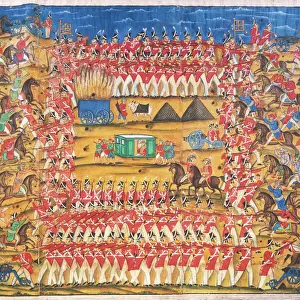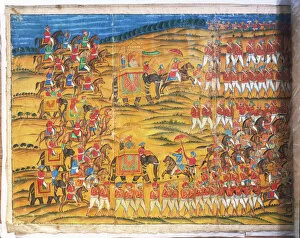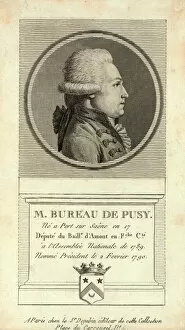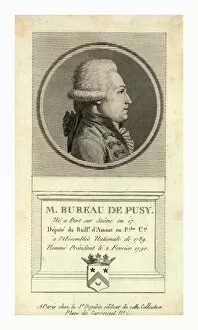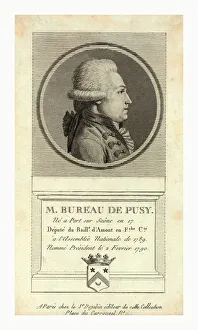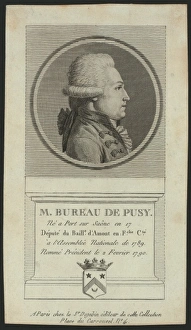Baille Collection
"Baille: A British Square, Tipu Sultan, and the Battle of Pollilur" Baille, a term often associated with various historical events and figures
All Professionally Made to Order for Quick Shipping
"Baille: A British Square, Tipu Sultan, and the Battle of Pollilur" Baille, a term often associated with various historical events and figures. One such reference takes us back to the Battle of Pollilur in 1780 during the reign of Tipu Sultan (1749?-1799), also known as the Tiger of Mysore. This battle witnessed the strategic deployment of a British square formation called Baille. The Battle of Pollilur was one among four major encounters that took place between Tipu Sultan's forces and the British East India Company. The Baille formation played a crucial role in this fierce confrontation, where thousands fought for supremacy on both sides. Interestingly, another connection to "baille" can be found with Count Baillet-Letour, who possibly had an association with this battle or its aftermath. Though details are scarce about his involvement, it adds an intriguing layer to our exploration. Furthermore, we come across M. Bureau de Pusy Na/Ne a Port sur Saone en 17[. . ], whose name appears multiple times alongside "baille. " It is unclear whether he was directly involved in the battle or if his presence signifies something else entirely. In addition to these military references lies Joanna Baille (1762-1851), a Scottish poet and dramatist whose engraving from 1870 captures her essence beautifully. While seemingly unrelated to battles or formations like Baille, her inclusion amidst these hints sparks curiosity about potential connections yet undiscovered. Overall, "baille" encompasses not just a British square formation but also intertwines with significant historical figures like Tipu Sultan and Count Baillet-Letour. Its mention within contexts related to the Battle of Pollilur raises questions about its true significance and invites further investigation into these entangled narratives from different periods and regions.


